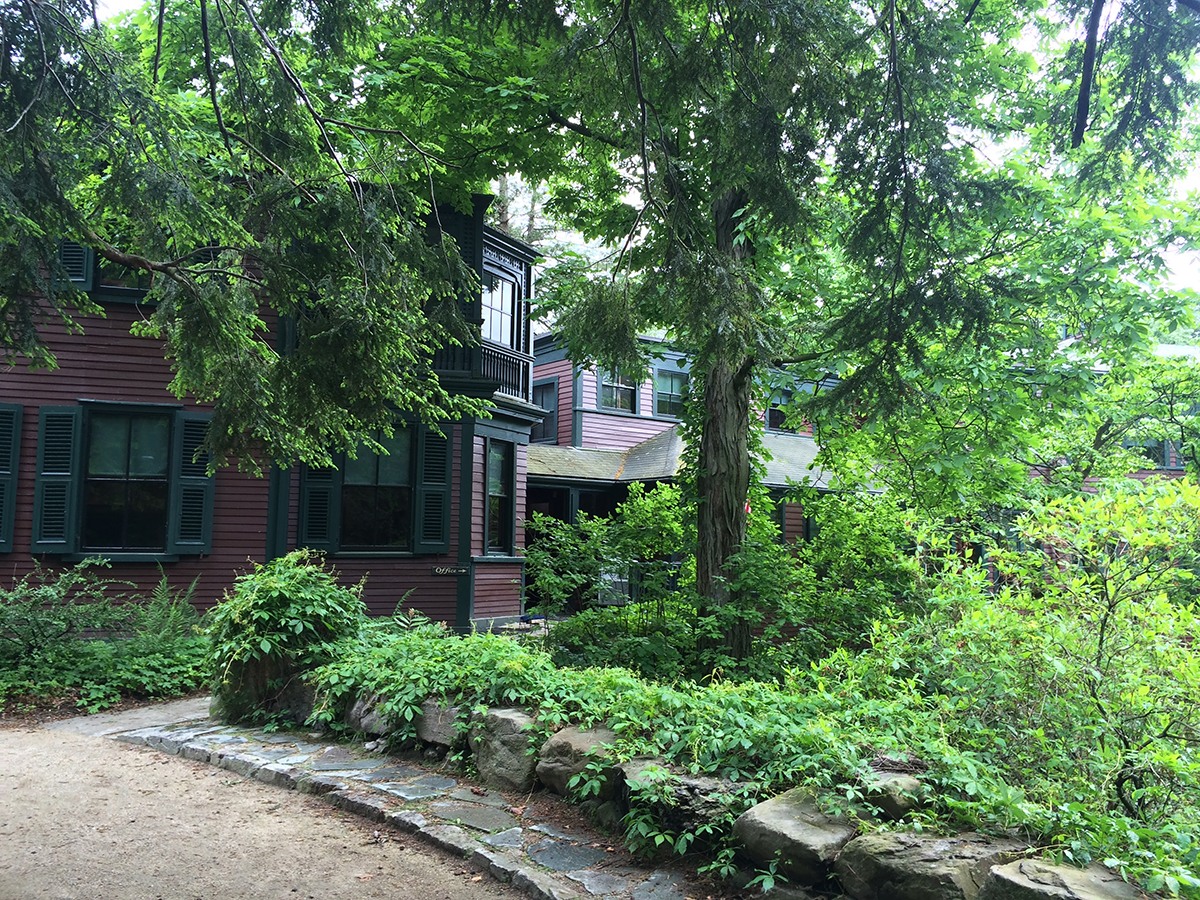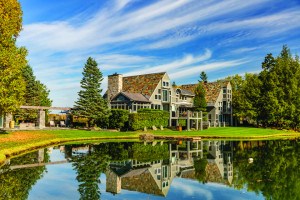Throwback Thursday: Three Things to Thank Frederick Law Olmsted For

Photo via Wikimedia/Creative Commons
One hundred and ninety-five years ago yesterday, the founder of American landscape architecture was born in Hartford, Connecticut. Frederick Law Olmsted was, in a word, a visionary. He planned the first park systems in the country, and worked to create spaces where people could, as he said, “easily go when the day’s work is done, and where they may stroll for an hour, seeing, hearing, and feeling nothing of the bustle and jar of the streets where they shall, in effect, find the city put far away from them.”
Before he began to enrich urban areas with the beauty of natural landscapes, Olmsted worked as a journalist, a farmer, and a seaman. It wasn’t until 1857 that he became the superintendent of Central Park in New York City, kicking off a lifelong passion for American parks and landscapes.
As a park designer and ardent proponent of the City Beautiful movement, Olmsted amassed a lengthy list of accomplishments. He designed Central Park, Golden Gate Park in San Francisco, the World’s Columbian Exposition at Chicago in 1893, and scores of public parks across the country, making his mark on America with a green thumb. Olmsted’s close colleague, Daniel Burnham, remembered him as, “An artist, he paints with lakes and wooded slopes; with lawns and banks and forest covered hills; with mountain sides and ocean views.”
While it’s tough to narrow down Olmsted’s achievements to just a few, you can thank him for three major green spaces in Boston and plenty of other parks and campuses around the state.
1. The Emerald Necklace
Indeed, Boston’s string of green-colored jewels was dreamed up by Olmsted. The Emerald Necklace stretches seven miles from downtown Boston to Dorchester, and each park along the route represents a jewel in the necklace. They include Franklin Park, the Arnold Arboretum, Jamaica Pond, Olmsted Park, Back Bay Fens, the Riverway, the Commonwealth Avenue Mall, the Public Garden, and the Boston Common. (Some parks, like the Common and the Public Garden, existed before the Emerald Necklace plan was laid out.)
2. Parkways
Give a nod to Olmsted next time you take a trip down one of Boston’s grand, tree-lined boulevards. He came up with the idea for “parkways” by converting former carriage paths into wide roads that separated commercial vehicles from recreational ones. Greenery-filled parkways like the Arborway, Jamaicaway, and Riverway loosely follow the Muddy River, connecting the parks in the Emerald Necklace. To quote an extremely wise Uber driver, “They don’t make roads like these anymore.”
3. His Very Cool Estate in Brookline
Olmsted founded the country’s first-ever landscape architecture firm in 1883. He set up his drafting tables and filing cabinets in none other than verdant Brookline. The farmhouse at 99 Warren Street was built in 1810, and served as not only the headquarters for his firm, but as a home for his family. Today, the two-acre property is open to the public as the Frederick Law Olmsted National Historic Site. You can tour the office wing, which contains the Olmsted Archives, relax in his parlor, and check out his English gardens.

Frederick Law Olmsted National Historic Site / Photo by Madeline Bilis


